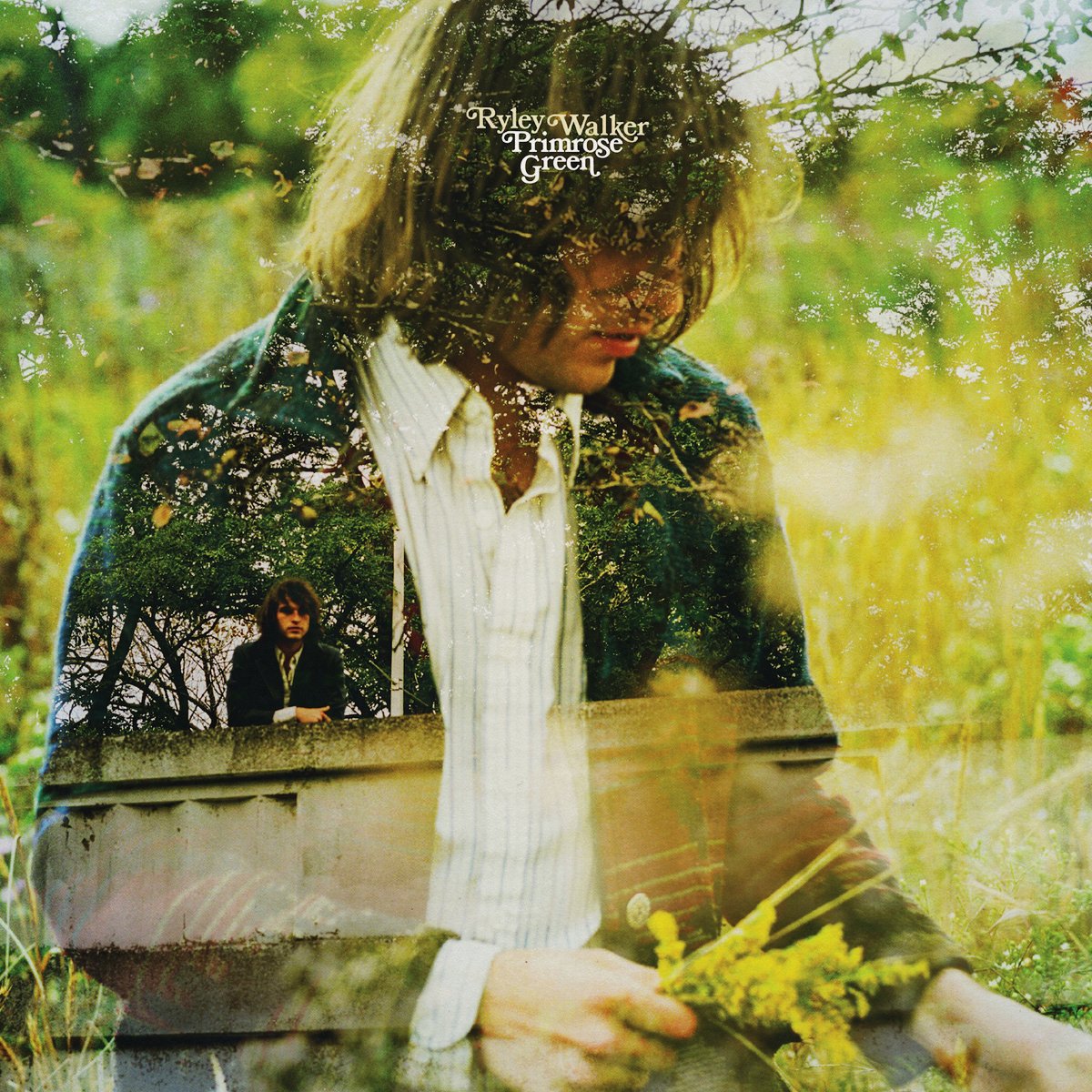
premiere was at the Chocolate Bayou Theatre, in April 1987, directed by Greg Roach. It was directed by Braham Murray and starred David Threlfall.

John Mullan of The Guardian also praised Hoban's decision to narrate the novel in a devolved form of English: "The struggle with Riddley's language is what makes reading the book so absorbing, so completely possessing." The Bulletin of the Atomic Scientists stated that, "The force and beauty and awfulness of Hoban's creation is shattering," and praised the author's use of a crude "Chaucerian English". Peter Ruppert noted that Hoban's novel draws on "such well-known dystopias as A Clockwork Orange, Lord of the Flies, and A Canticle for Leibowitz", and "what is unique in Hoban's haunting vision of the future is his language" which is described as being similar to the Nadsat slang spoken in Anthony Burgess' A Clockwork Orange. Church and state have combined into one secretive institution, whose mythology, based on misinterpreted stories of the war and an old Catholic saint (Eustace), is enacted in puppet shows.įrom the cover of the Folio Society edition by Quentin Blake

Their level of civilization is similar to England's prehistoric Iron Age, although they do not produce their own iron but salvage it from ancient machinery. The novel's characters live a harsh life in a small area which is presently the English county of Kent, and know little of the world outside of "Inland" (England). Roughly two thousand years after a nuclear war has devastated civilization, Riddley, the young narrator, stumbles upon efforts to recreate a weapon of the ancient world. The novel is written in a stylistic, imaginary dialect based on and inspired by the dialect of Kent. Hoban began work on the novel in 1974, inspired by the medieval wall painting of the legend of Saint Eustace at Canterbury Cathedral.


 0 kommentar(er)
0 kommentar(er)
